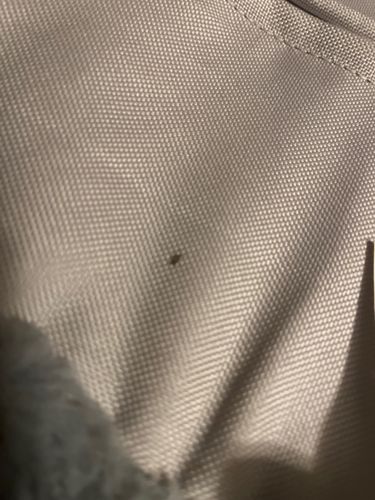Flea
Scientific Name: Siphonaptera
Order & Family: Order Siphonaptera, Family Pulicidae (and others)
Size: 1.5 mm to 3.3 mm (about 1/16 to 1/8 inch)

Natural Habitat
Typically found on warm-blooded animals (mammals and birds), in carpets, bedding, cracks in floors, and other sheltered areas indoors.
Diet & Feeding
Adult fleas are external parasites that feed on the blood of their hosts (hematophagy). Larvae feed on organic debris, including adult flea feces.
Behavior Patterns
Fleas are wingless insects known for their ability to jump impressive distances relative to their size. They undergo a complete metamorphosis with four life stages: egg, larva, pupa, and adult. Adults can live for several months if a host is available.
Risks & Benefits
Risks: Fleas can cause itchy bites, allergic reactions (flea dermatitis) in humans and pets, and can transmit diseases such as murine typhus and the plague (historically significant). They can also cause anemia in heavily infested animals. Benefits: None for humans; they are a food source for some predatory insects and small animals in an ecosystem.
Identified on: 11/11/2025